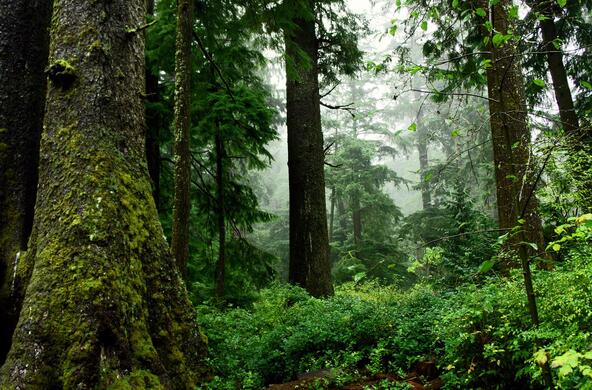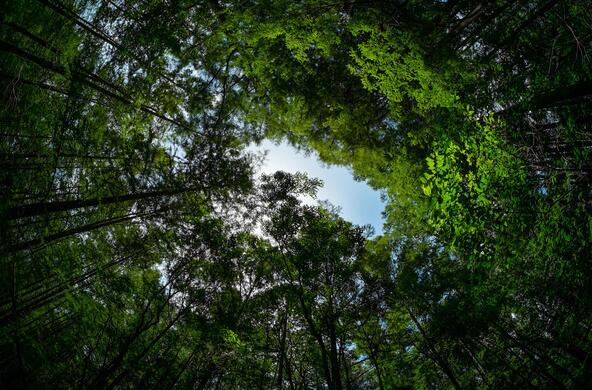This has been a snowy winter. Our shovels have been put to good use, kids have had numerous snow days, and local retailers have had to restock essentials such as snow rakes and deicers.
As the Manager of the Cary Institute's Environmental Monitoring Station, people have asked me how current winter conditions compare to years past. Highway workers, grounds maintainers, and anyone with a damp basement have also been wondering — what will happen when it all melts? The floods of April 2007 wreaked havoc on our roadways and low-lying homes. Many are anxious to know if we can expect a similar situation this year.
The Cary Institute has been collecting snowfall data since 1992, giving us an 18-year record to examine. How does this year's snowfall stack up to years past? The winter with the most snowfall was 1995-1996, which saw 92 inches of snow in total. By February 15 of that year, the total snowfall was 64 inches. This year, our snowfall as of February 15 was 63 inches. So, we are very close to the snowfall record, but haven't exceeded it.
This year seems particularly snowy because of the number of large storms we've had. So far, we've had five snowstorms of more than 5 inches, which is the same as 1995-1996. In total so far this year, we've had 11 snowstorms, compared with 14 by this date for the winter of 1995-1996. By these measures, this year isn't the snowiest winter in the last 18 years.
The snowiness of a winter can be determined by how much snow remains on the ground throughout the winter months. This year is certainly extraordinary in this regard. One way to gauge this is to measure the number and volume of rain events that occur during the winter, which often act to melt the accumulated snowfall. Our long-term records tell us that winter rain is increasing, which corroborates one of the climate change predictions.
But since our first snow on Dec. 14, we've only had one rain event this winter. Chilly temperatures have resulted in a persistent snow pack, making snow removal cumbersome. Compare this with the snowiest winter on record (1995-96), which had seven rain events after the first snowstorm and before Feb. 15. More snow fell, but it also melted. So its effects did not linger as long in our memory.
Many in our region remember the winter of 1993-94 as one of our snowiest winters.
But this was mostly because rain never fell after the first snowstorm and snow piles persisted.
Putting these data together, the winter of 2010-11 is indeed one of the snowiest on record.
It doesn't beat the record for the number of big snowstorms or the total snowfall so far, but combined with the lack of rain since it first snowed on Dec. 14, this has been a very snowy year.
The Cary Institute's long-term monitoring of snow and other precipitation data allow us to understand these important interactions, giving us clear documentation of our changing climate. Learn more about our Environmental Monitoring Program.






